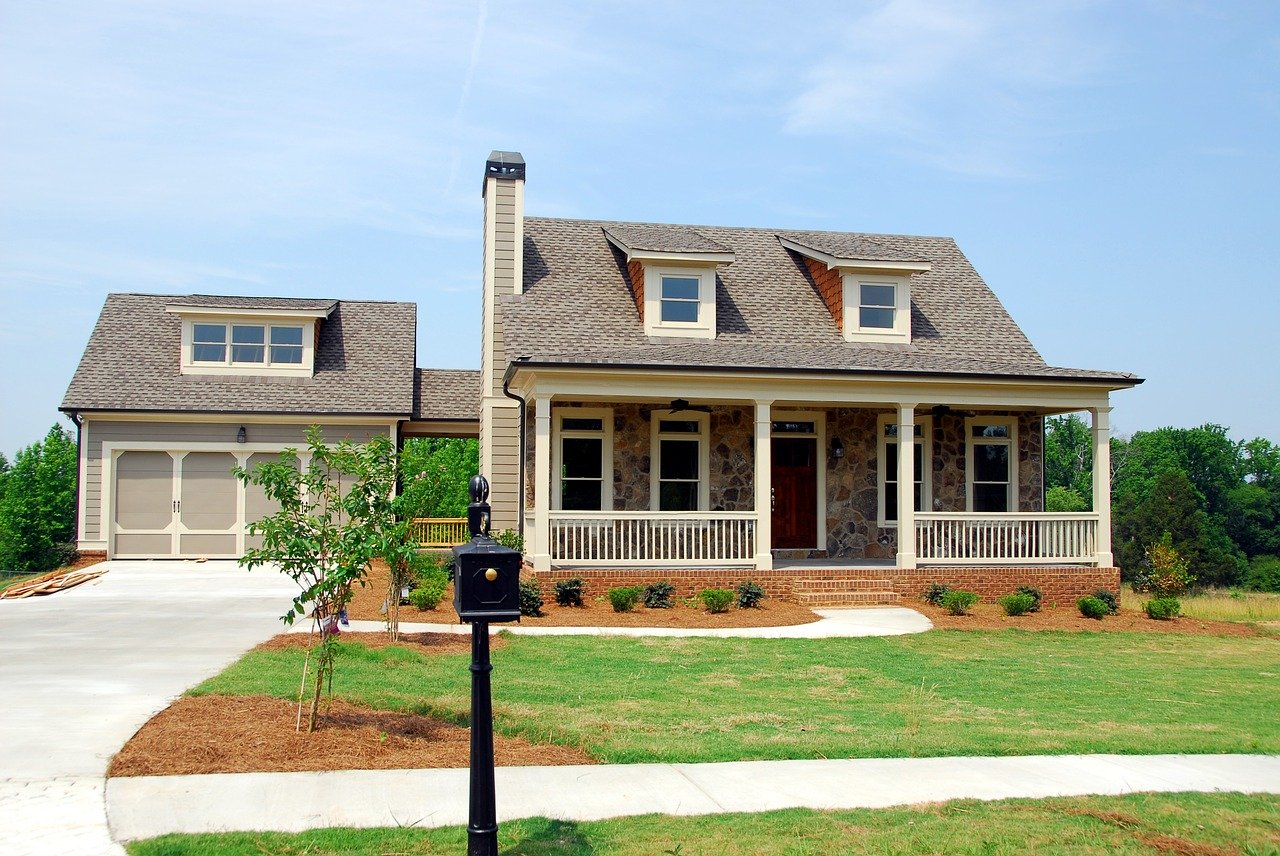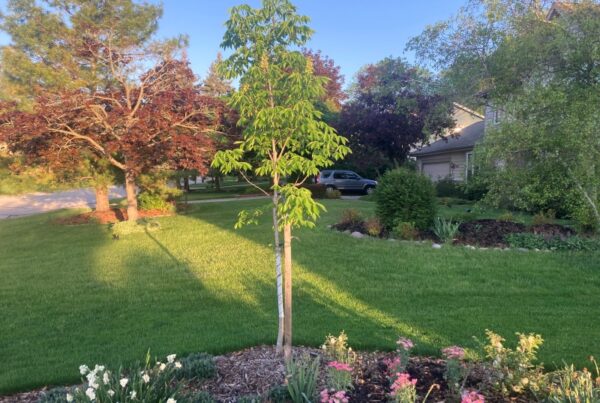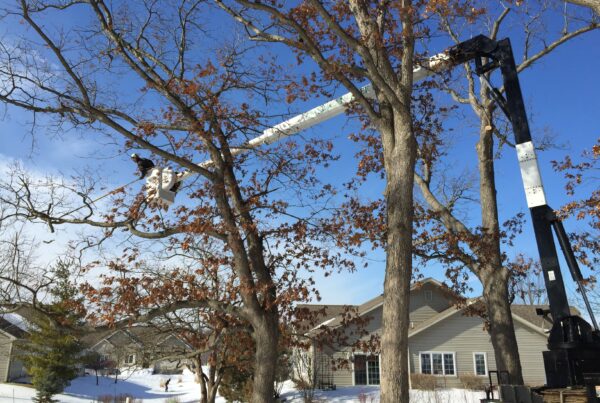Spring officially arrived in southeast Wisconsin on March 19.
What better way to transition to the vernal equinox than to conduct a closer look at the trees and shrubs in your yard.
- Did you plant a few years ago and notice that it hasn’t grown much? There could be a host of reasons for the slow development. Call us for an immediate inspection to determine next steps.
- Are the tips of branches broken off or on the ground? Wild animals are the likely culprit over the winter season. This damage is usually minor and won’t impact tree health.
- Look at the tree’s base. Do you spot any bark damage? Animals possibly chewed on the tree or it could be from last year’s mowing season. Consider adding a trunk guard or mulch to protect the tree this year.
- Do you see any change in color or spotting on the leaves? As the trees leaf out in spring, you may notice small yellow or brown spots. Again, this should be checked out with a professional diagnosis by a certified arborist.
Here are some other tips on our Spring Checklist in April and May:
Plant trees and shrubs – The time is right to get new plants in the ground. Consult with our arborists on what to plant and where in the yard.
The state of your ash trees – Keep them on a treatment plan as scheduled. If unsure about next steps, reach out to ATE for professional support.
Crabapple trees – Apple scab is a common fungal disease, especially prevalent during wet seasons. Late April to early May is the time for treatment and control to prevent infection of the new fruit.
Apply mulch – Improves the soil around shrubs and trees. This will help conserve moisture, improve soil structure and add nutrients necessary to help them grow.
Examine your evergreens – Look over conifers (especially pine and spruce trees) for signs of needle diseases. It could lead significant loss of aesthetic value to premature death.
Fire blight – Check fruit trees (crabapple, pear) and mountain ash. Look for wilting shoots, cankers on branches and blackened leaves that appear to be “scorched” by this disease.




